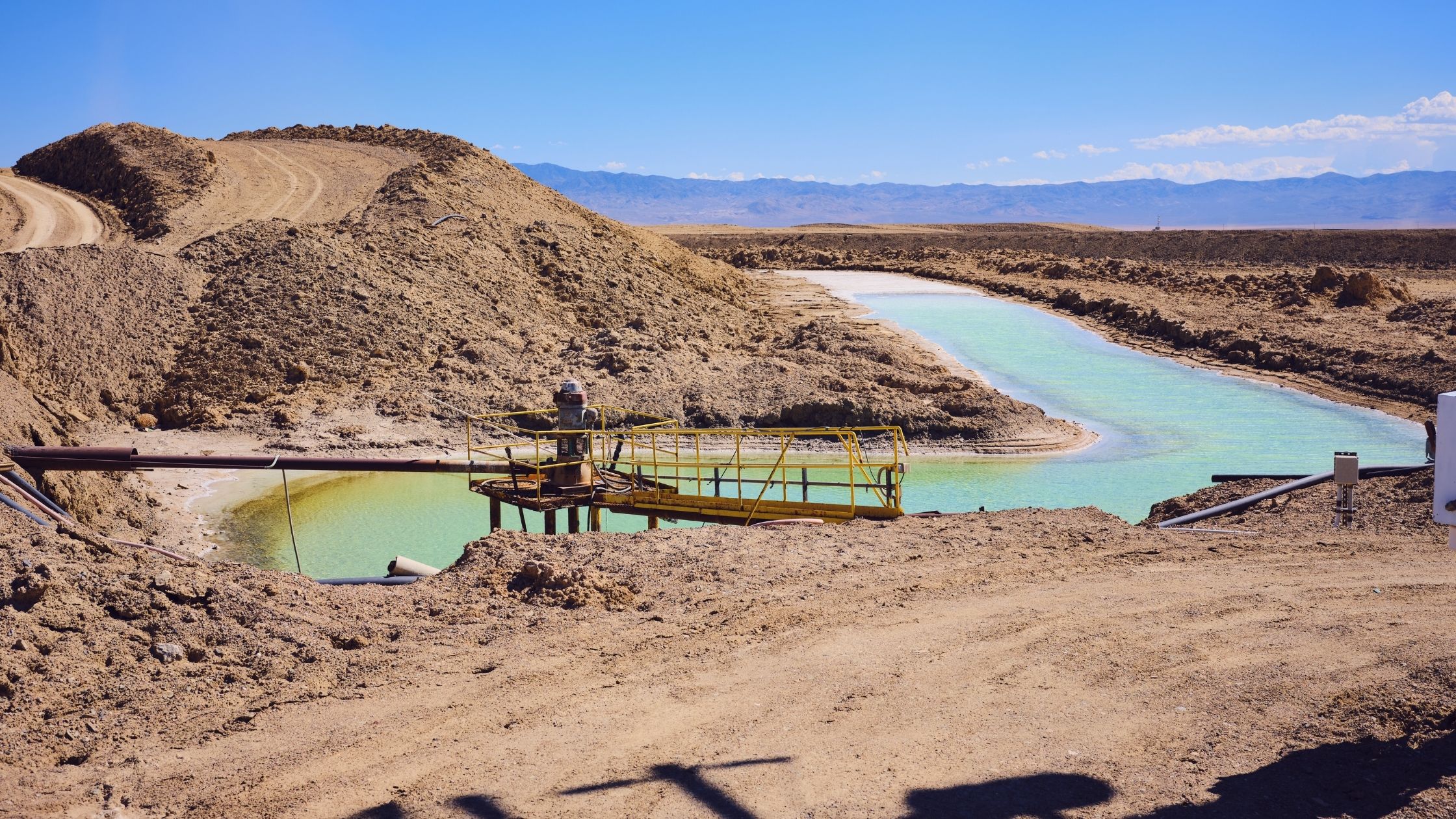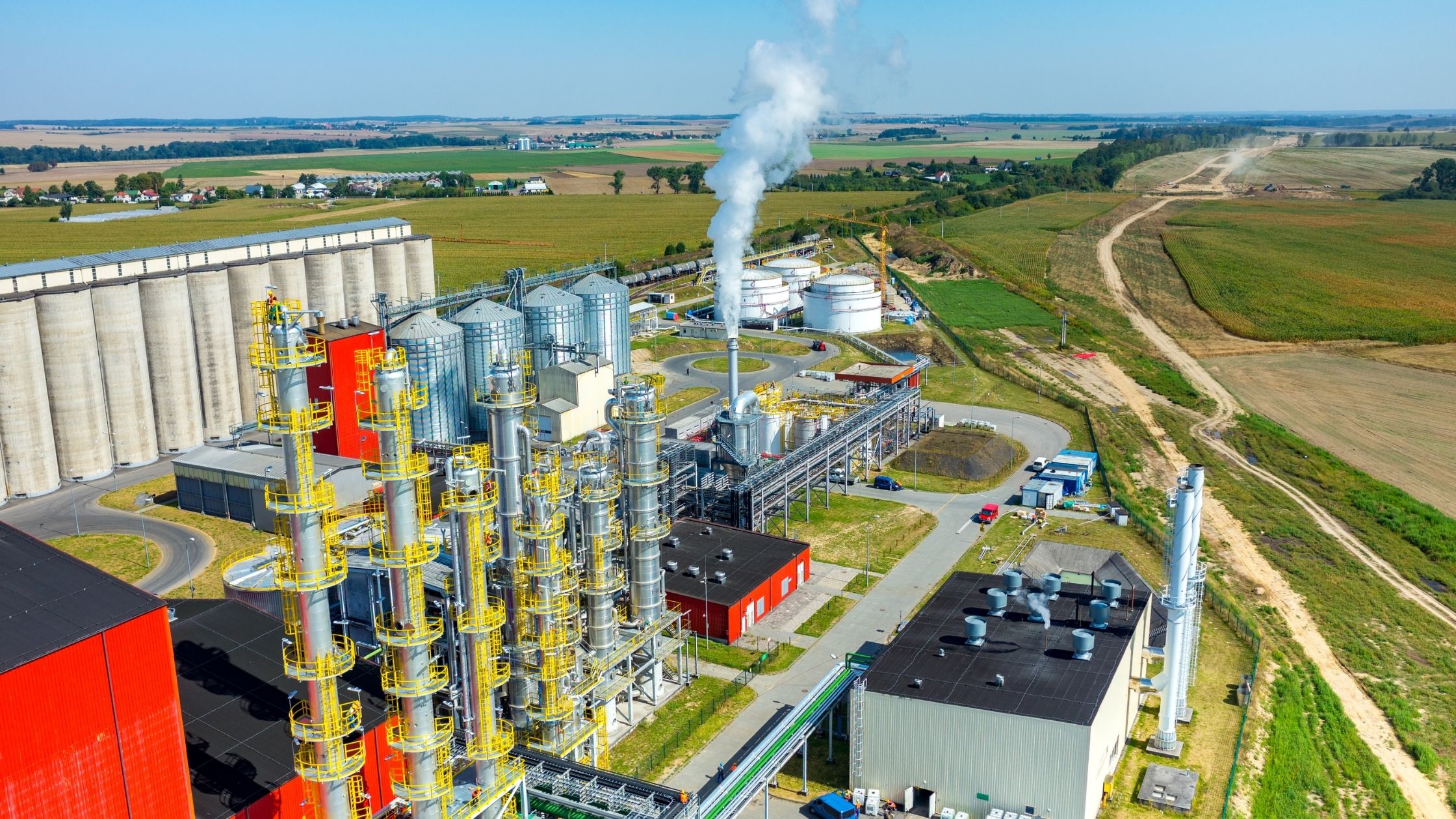
Gulf of Mexico fire raises questions about energy infrastructure
What’s happening? Pemex, Mexico’s national oil company, has said that fast action by its workers prevented environmental damage occurring as a result of a huge ocean surface fire near a company oil platform in the Gulf of Mexico. The blaze, which occurred on 2 July, took over five hours to completely extinguish, Pemex claims. However, no oil spilled and environmental harm was avoided, according to a company statement issued on 5 July. The fire resulted from an electric storm that lit a gas leak from an underwater pipeline, the statement claimed. (Reuters)
Why does this matter? That video we’ve all seen on social media is the result of a ruptured gas pipeline. The fire raises obvious concerns around the environmental implications of such events, but also more broadly around the safety and regulation of offshore oil and gas infrastructure.
Pemex doesn’t have the best track record for large infrastructure accidents – at least two other spills have taken place across Mexico this year. Environmental campaigners including Greenpeace Mexico are accusing the firm of contributing to ecocide, a term we explored last week that relates to prosecuting individuals, firms and governments that cause environmental harm.
Poor standards and old infrastructure – Alongside the obvious risk of spills and leaks, which come with environmental and human health impacts, ageing energy infrastructure is a problem – particularly as oil and gas projects face the prospect of become stranded assets as the world transitions to low-carbon energy sources that are becoming increasingly more affordable.
A recent report stated the US Bureau of Safety and Environmental Enforcement is failing to maintain a “robust oversight”over monitoring underwater oil and gas infrastructure. The report found over 18,000 miles of inactive pipelines, which may still contain oil or gas, have been abandoned across the Gulf of Mexico in the last half-century, despite government requirements to have them decommissioned. Around 97% of oil and gas pipelines have been allowed to remain on the seabed since the 1960s.
From a climate perspective, unregulated infrastructure also creates issues in accurately identifying methane escaping from fossil fuel equipment. This is problematic, as methane is a particularly potent greenhouse gas.
Clean-up costs – Across the US, oil and gas companies are attempting to dodge responsibility for cleaning up hundreds of abandoned fossil fuel infrastructure projects in the Gulf of Mexico. Fieldwood Energy, for instance, has proposed to abandon nearly 2,000 wells and pipelines to offload $7bn in costs, which could result in leaks if these are not properly closed. As such, if environmental awareness is not enough to incentivise Big Oil firms to fulfil their clean-up responsibilities, who will take responsibility for it?
What are the solutions? Legislation to mandate tougher standards on industry monitoring will help. Last month, the US voted in favour of reinstating methane emission regulation for fossil fuel operations, including emission limits for new wells and mandatory leak inspections. Technologies such as infrared cameras and low-cost drones are also being deployed to detect emissions from pipeline leaks.


